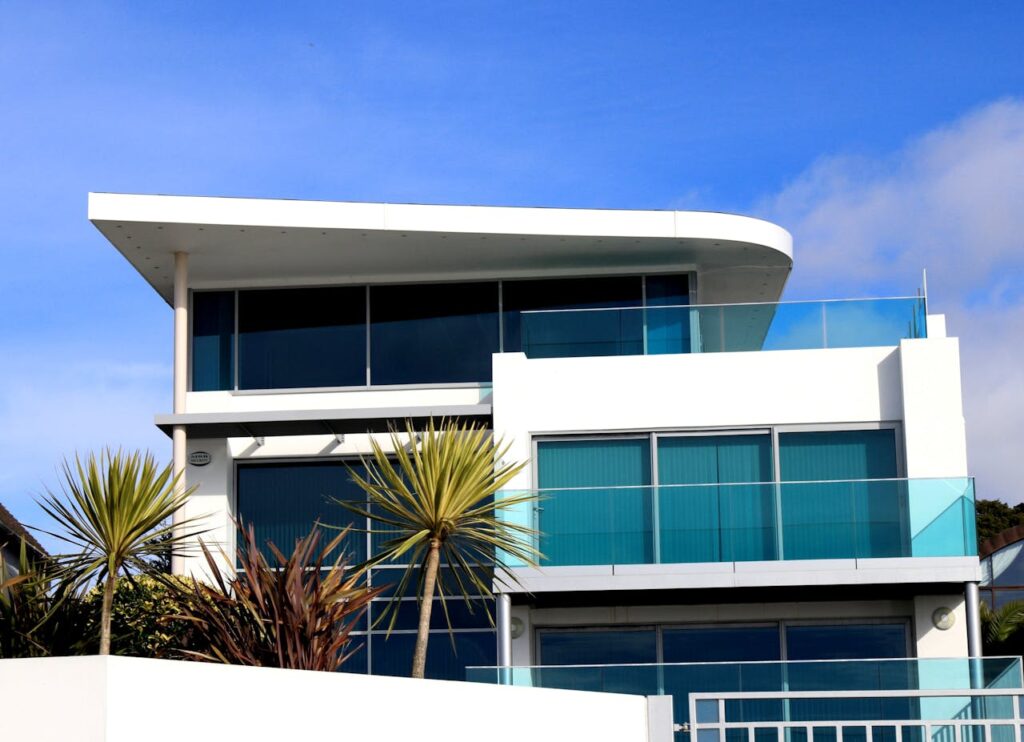Sustainable home building is a growing trend that aims to reduce environmental impact and create healthier living spaces. It offers long-term cost savings and enhanced energy efficiency, making it a valuable strategy for investors. This article provides insights for homeowners and builders to make informed decisions about eco-friendly construction, emphasizing the importance of choosing suitable materials, designs, and technologies to contribute to a more sustainable future. Understanding these principles is crucial for both homeowners and builders.
Understanding Sustainable Home Building
Sustainable home building, including Kirkland new construction homes, focuses on creating environmentally responsible and resource-efficient homes. This process involves using renewable materials, enhancing energy efficiency, and minimizing waste during construction. Sustainable construction lies in its potential to reduce carbon footprints and promote healthier living environments. It cannot be overstated as it provides numerous long-term benefits for homeowners, builders, and the environment.
of Eco-Friendly Construction
In addition to saving money and energy, environmentally friendly building improves public health and the environment. Sustainable homes utilize less energy, which results in lower utility costs. Energy-efficient appliances, high-performance windows, and improved insulation increase comfort while consuming less energy. Like the United States, the Department of Energy states that homeowners may reduce their energy costs by up to 30% by residing in an energy-efficient house. Indoor air quality is improved by non-toxic materials and better ventilation systems, which lowers the risk of allergies and respiratory issues. Greenery and sunshine improve mental health and lower stress levels. Because buildings in the United States account for 39% of carbon dioxide emissions, sustainable building strategies also help save resources and create a more sustainable planet.
Choosing Green Building Materials
Selecting sustainable materials is a cornerstone of eco-friendly construction. Opt for materials like sustainable wood, bamboo, and recycled metals. These materials reduce deforestation and mining activities and lessen resource wastage. Using reclaimed materials, such as salvaged wood and recycled tiles, reduces waste and adds unique character and history to your home.
Energy-Efficient Design Strategies
Implementing energy-efficient design strategies can dramatically reduce a home’s energy consumption. Consider passive solar design methods, which involve orienting the home to take advantage of natural sunlight. This strategy reduces reliance on artificial lighting and heating. Proper insulation and strategic window placement further enhance energy efficiency by maintaining a stable indoor temperature, reducing the need for heating and cooling systems.
Water Conservation Techniques
Another essential component of creating a sustainable house is water conservation. Installing low-flow devices may significantly decrease water use in kitchens and bathrooms. Low-flow showerheads and faucets, for example, can save water usage by as much as 60%. Installing rainwater harvesting systems also makes it possible to collect and repurpose rainwater for gardening, landscaping, and other non-potable applications. Water costs decrease due to the decreased demand for municipal water supply.
Renewable Energy Sources
Renewable energy sources like wind turbines and solar panels may provide sustainable household energy. By converting sunshine into electricity, solar panels help people use less fossil fuel and pay less for energy. Wind turbines provide an option for areas where wind patterns are predictable. Another cutting-edge alternative to conventional HVAC systems is geothermal heating and cooling, which uses the earth’s natural temperature to control interior climate. Geothermal systems are highly effective and environmentally friendly.
Government Incentives and Certifications
Certification such as LEED (Leadership in Energy and Environmental Design) can prove dedication to sustainable construction methods. Homes with LEED certification are renowned for using sustainable materials, water conservation, and energy efficiency. In addition, many governments provide grants and tax breaks to promote building environmentally friendly homes. The EPA website offers a variety of financial incentives for implementing green construction methods, and homeowners may find out more about these programs by visiting the list of eligible tax refunds and grants.

